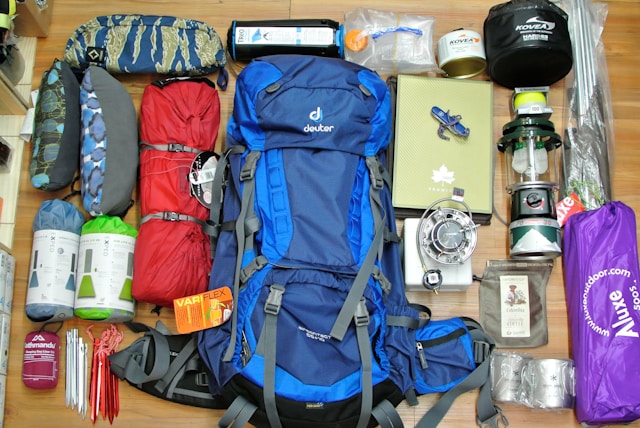April 4, 2025
Hey fellow adventurers!
Lately, I’ve been pondering the environmental impact of our beloved packrafting. It’s a fantastic way to explore remote wilderness, but let’s face it, any activity leaves a footprint. The question is, how can we minimize ours and ensure these incredible places remain pristine for future generations?
The Environmental Footprint: What Are We Talking About?
Packrafting, at its core, involves two main elements: hiking and rafting. Both can have environmental consequences if not approached responsibly. Think about trail erosion from heavy foot traffic, disturbance to wildlife, and the potential for litter or waste contamination. Then, there’s the river itself. Improperly disposed of waste, chemical runoff from gear cleaning, and even excessive noise can disrupt aquatic ecosystems. Its a lot to keep in mind, I know.
Leave No Trace: More Than Just a Slogan
We’ve all heard of Leave No Trace (LNT) principles, but how many of us truly practice them religiously? I confess, even I’ve slipped up a time or two. But LNT is the bedrock of sustainable outdoor recreation. It’s about planning ahead, sticking to durable surfaces, managing waste properly, minimizing campfire impacts, respecting wildlife, and being considerate of other visitors. It’s a holistic approach that demands awareness and a willingness to go the extra mile. And it really does make a difference.
Specific LNT Considerations for Packrafting
- Pack it in, pack it out: Obvious, right? But be meticulous. Every wrapper, every scrap of food, every… well, you get the idea.
- Human waste: Bury it properly in a cathole at least 200 feet from water sources. Better yet, use a wag bag and pack it out. Seriously.
- Water sources: Never wash yourself or your gear directly in streams or lakes. Use biodegradable soap (sparingly!) and wash well away from the water’s edge.
- Wildlife: Observe from a distance. Never feed animals. Store food securely to prevent attracting unwanted guests.
Waste Management: It’s More Than Just Litter
Waste management goes beyond simply picking up trash. Think about the gear you’re using. Choose durable, reusable items whenever possible. Avoid single-use plastics. Repair gear instead of replacing it. And when it’s time to retire a piece of equipment, explore recycling options. Many outdoor gear companies now have take-back programs.
And speaking of waste, let’s consider the elephant in the room: packraft manufacturing. These rafts aren’t exactly known for their eco-friendliness. However, some companies are making strides toward sustainability, using recycled materials, reducing waste in their production processes, and designing rafts for longevity. Do your research and support these brands!
Respecting Wildlife: They Were Here First
We’re visitors in their home. It’s so important to remember that! Avoid disturbing nesting sites, scaring animals, or disrupting their natural behaviors. Be especially mindful during sensitive times like mating season or when animals are raising their young. Keep your distance, keep your noise level down, and let them be wild.
A few years ago, I was packrafting down a remote river in Montana and stumbled upon a family of river otters. I was tempted to get closer for a better look, but I resisted. Instead, I watched them from afar, marveling at their playful antics. It was a far more rewarding experience knowing I wasn’t intruding on their lives.
Sustainable Practices in Action: What Can You Do?
- Choose eco-friendly gear: Look for products made from recycled materials, with sustainable manufacturing processes.
- Support responsible outfitters: Choose tour operators committed to minimizing their environmental impact.
- Educate yourself and others: Share your knowledge and inspire others to adopt sustainable practices.
- Get involved: Support conservation organizations working to protect our waterways.
Honestly, this is not about perfection; it’s about progress. Every small change we make adds up. Let’s commit to being conscious, responsible packrafters, ensuring that these incredible wild places remain wild for generations to come. After all, isn’t that why we’re out there in the first place?
Happy paddling!




